
Your newborn's stomach capacity. First Three Months with Baby Pinterest
5 ounces. By six months old, a baby's stomach can hold around 7 ounces, and by the time they reach their first birthday, it can hold up to 8 ounces. It's important to cater to your baby's feeding needs, as overfeeding or underfeeding can lead to discomfort, digestive issues, or other health problems.

Infant Stomach Size Chart
By this point, a newborn's stomach size is about the same as a ping pong ball and it has begun to develop a bit of stretch. By day 10, your little one will be ready for even more at feeding time. At this point, your baby's stomach is roughly the size of a golf ball, and they can eat 45-60 ml at one time - about 1.5-2 ounces.
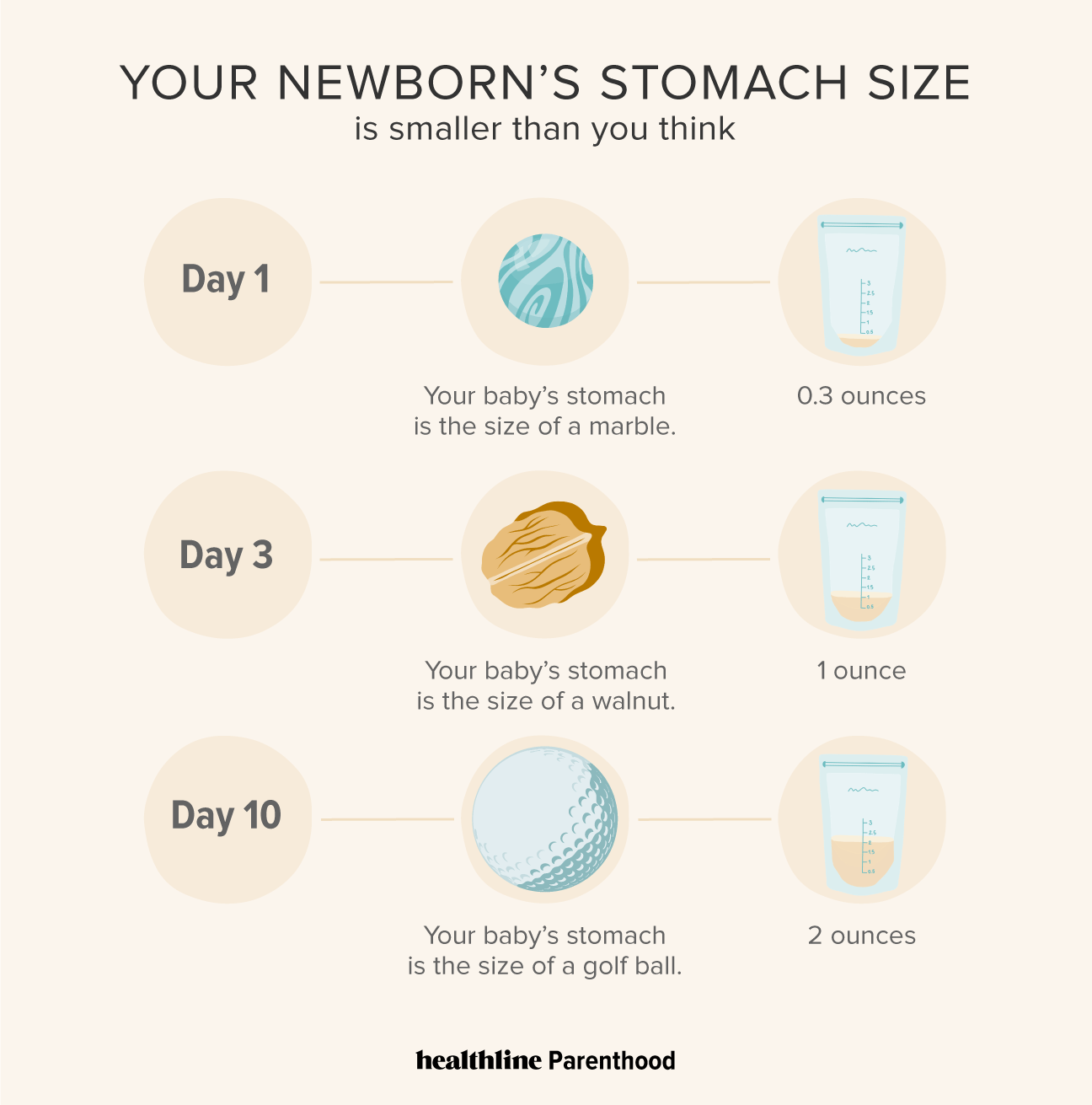
Your Newborn’s Stomach Size Is Smaller Than You Think
The pictures above give you an idea of the size of your baby's stomach. The chart below gives an estimated capacity of your baby's stomach. This does vary with each child and is only estimation. Day 1 (24 hours / age) : approx. 1 tablespoon Day 3 (72 hours / age) : ½ to 1 oz. Day 8-10 ( < 2 weeks): 1 ½ to 2 oz.
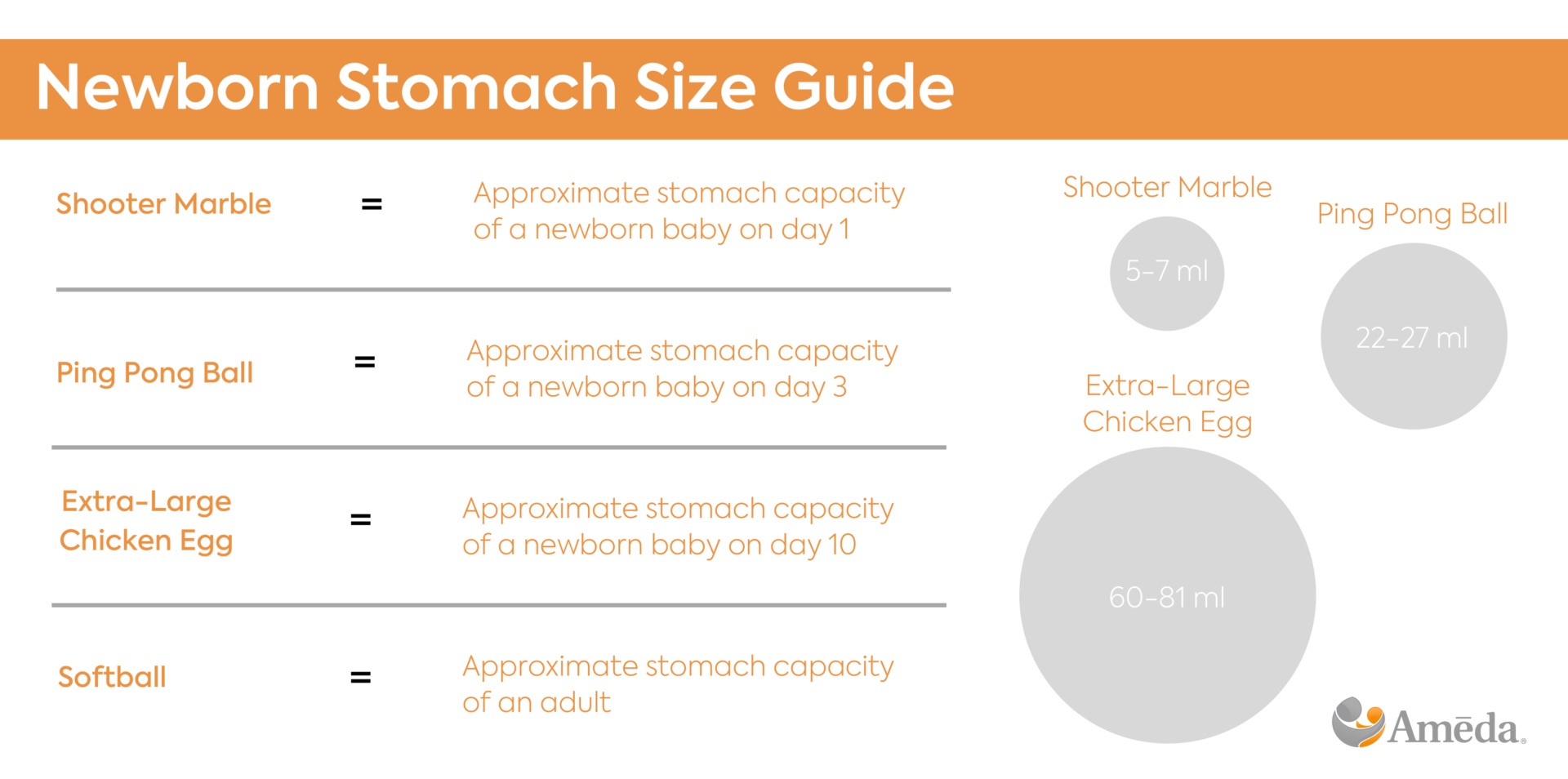
Newborn Stomach Size & Breastfeeding for the First 12 Months Ameda
Birth educators and medical professionals often use a marble to illustrate the size of a newborn's stomach, a tiny orb that holds about 5 to 7 milliliters of liquid. But that small estimate.
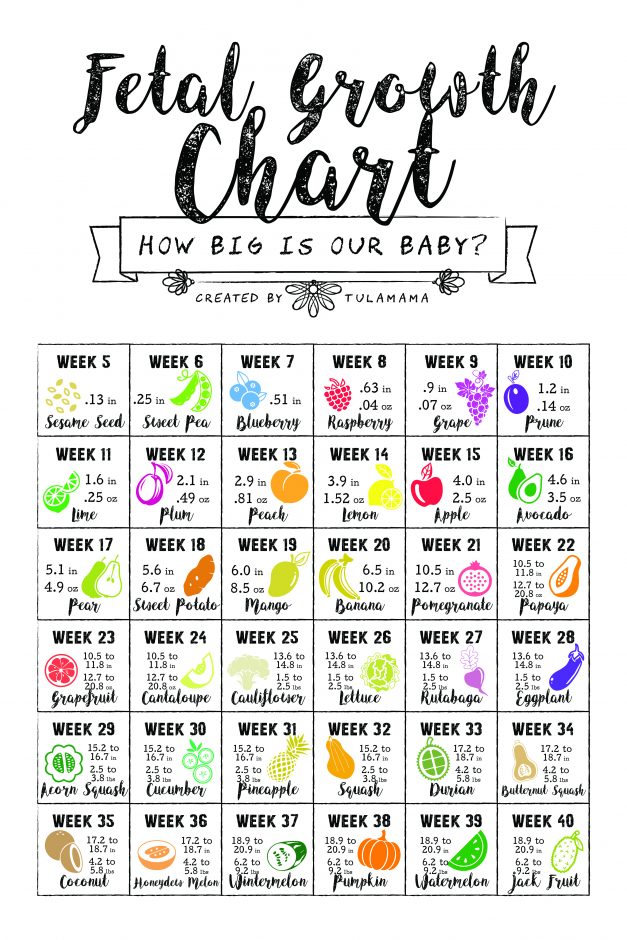
How Big Is My Baby? Using A Fetal Growth Chart To Track Your Baby Size
Newborn Stomach Size Your breast milk is all your baby needs! Day One Day Three One Week Two Weeks size of a cherry 5 to 7 ml 1 to 1.5 tsp size of a walnut 22 to 27 ml .75 to 1 oz size of an apricot 45 to 60 ml 1.5 to 2 oz size of a large egg 80 to 150 ml 2.5 to 5 oz
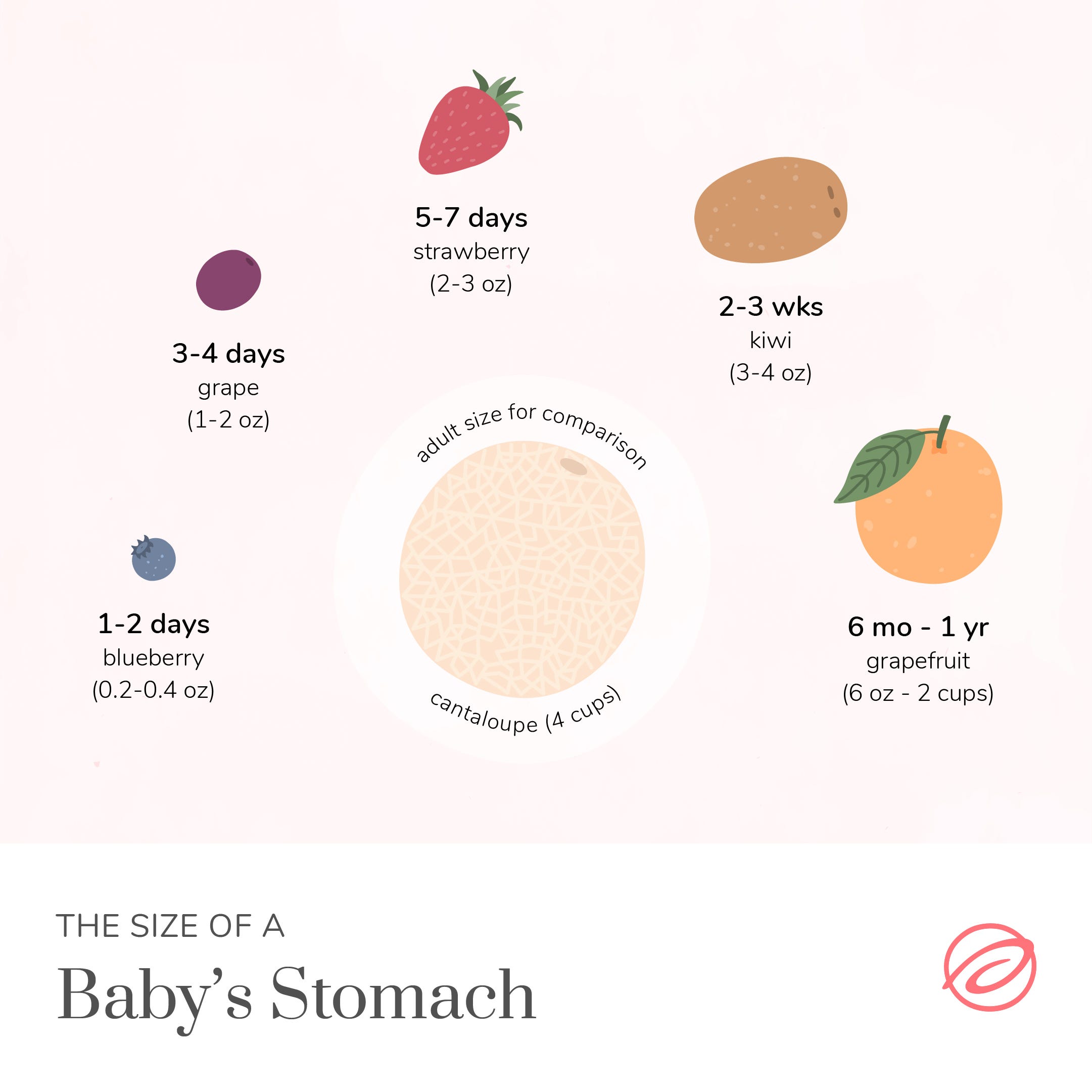
Does your baby bf from both sides each time? December 2022 Babies
A newborn stomach size chart is a helpful tool that provides guidance on how much milk or formula your baby needs based on their age and weight. It also helps you understand the physical limitations of your baby's stomach, so you can avoid overfeeding or underfeeding them. But why is it so important to understand your baby's feeding patterns?
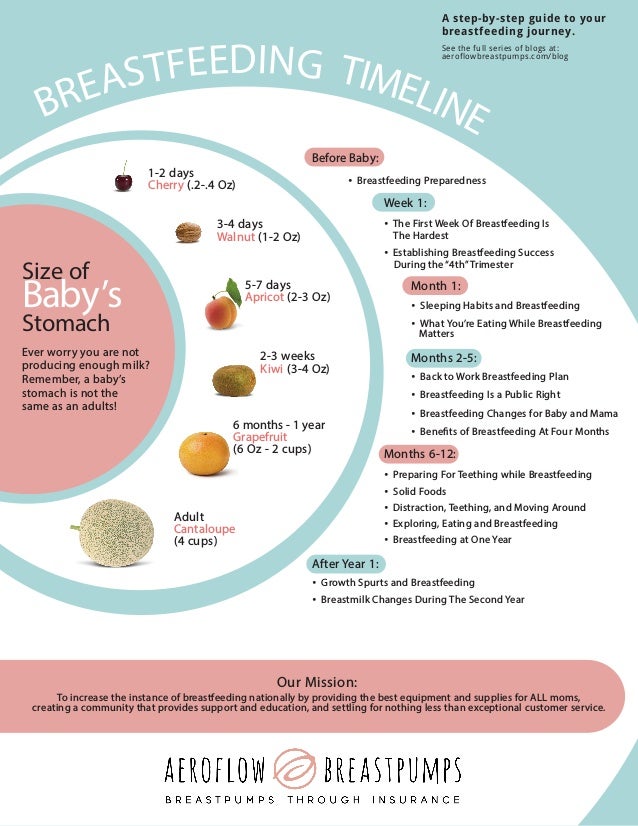
Baby stomach size chart
Ameda - The First 12 Months: Baby's Stomach Capacity in First 10 Days www.ameda.com The chart below shows the average size of a newborn's stomach and how much milk it can hold at birth. Now you can see why your colostrum, or early milk, is more than enough to fill your newborn's tummy. kellymom.com ::
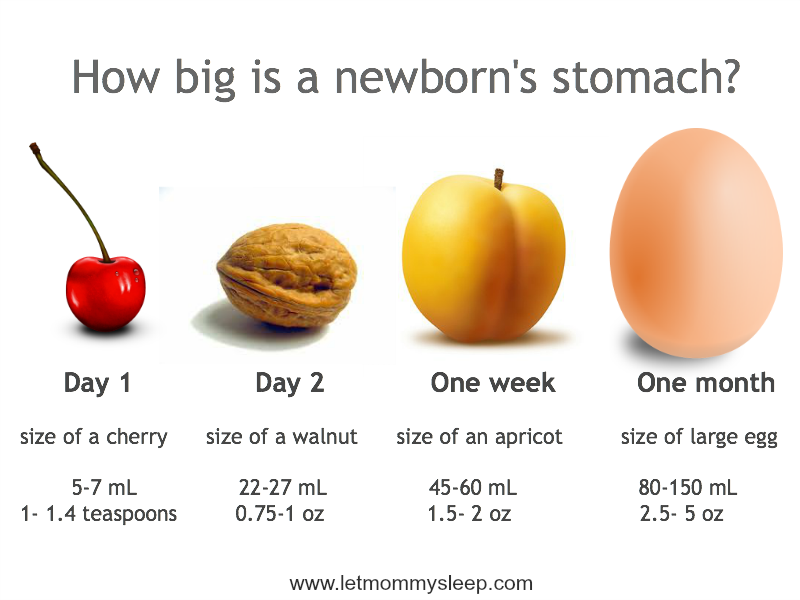
Size of a newborn's stomach. Feed babies as often as they ask! You can
What happends on that sleepy baby? Your 2-month-old is maybe exactly starting to realize the joys of interaction, and can have cutted reverse a bit on snoozing like greatly during the day go continue up and "socialize." Now you're probably trying into figure out method to keep baby entertained—and get stuff done around the house by the same time.
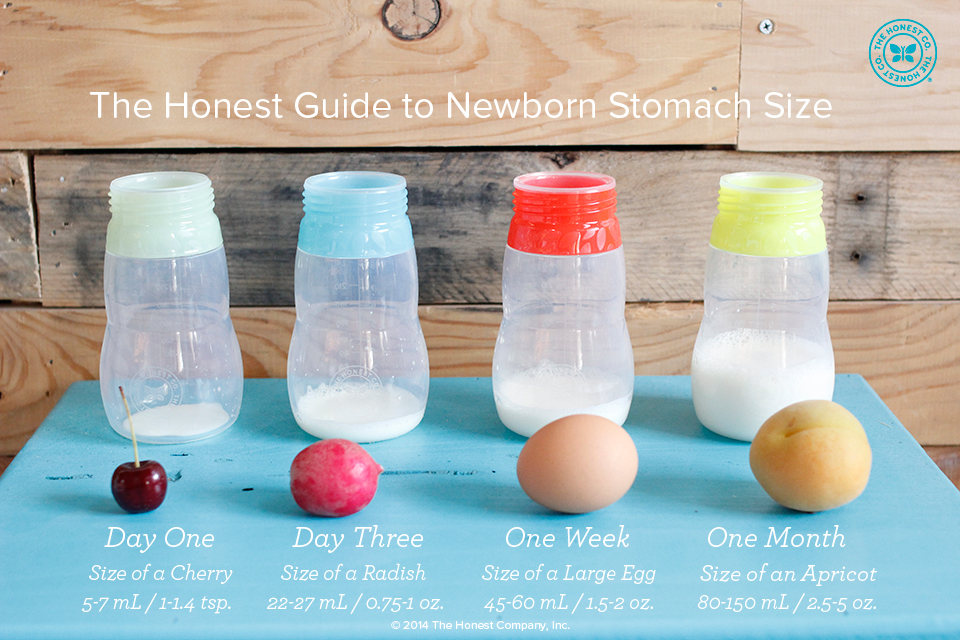
Newborn Stomach Size Chart
The Facts A newborn's stomach is as small as a shooter marble. At birth, you have just the right amount of milk to fill it. Your breasts are never empty. When breastfeeding well, newborns usually do better without water or formula. Lots of breastfeeding brings in more milk faster. Most mothers start to make much more milk starting on day 3 or 4.
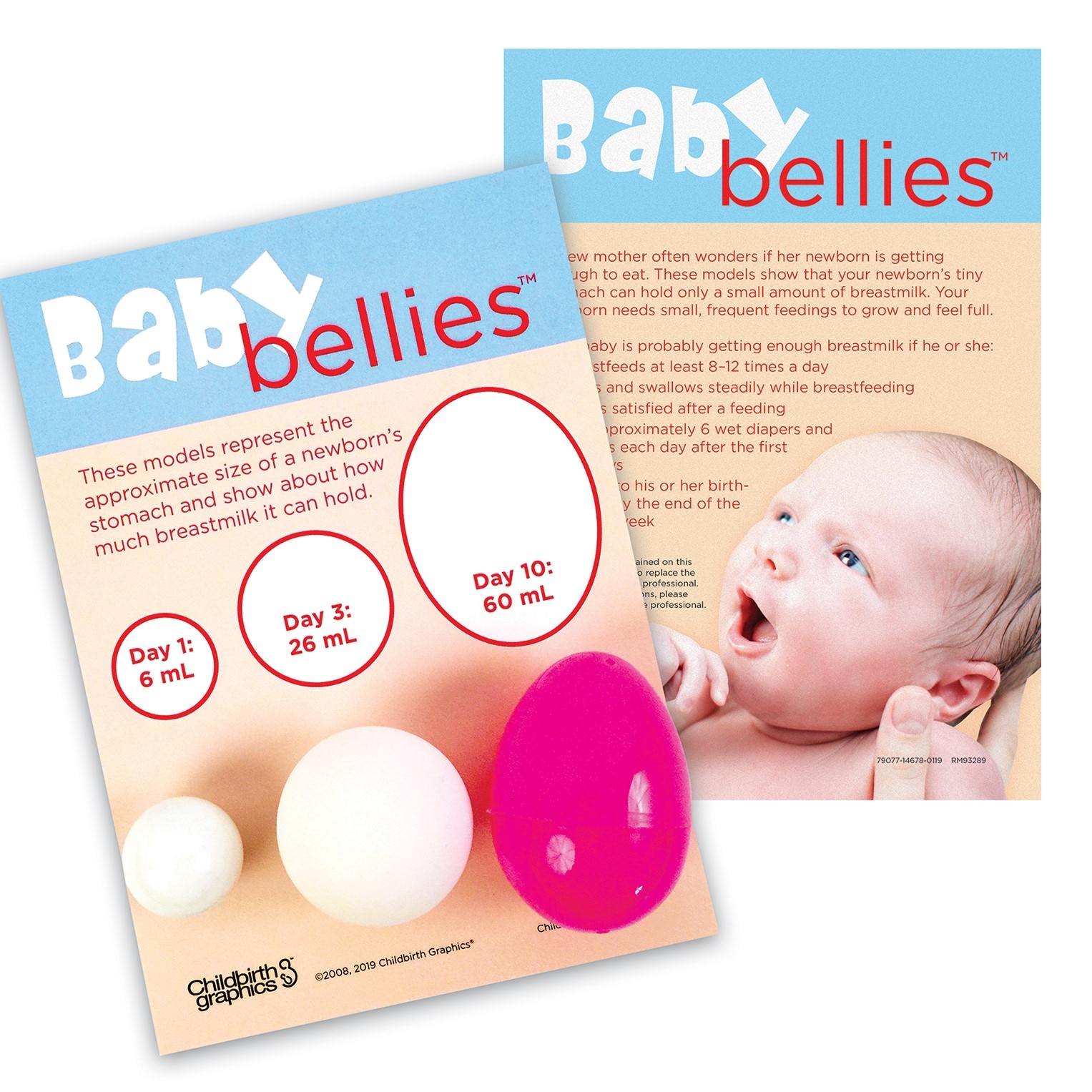
Newborn Stomach Size ubicaciondepersonas.cdmx.gob.mx
By day 7 your newborn's tummy can now hold a whopping 1-2 oz (30-60mL) per feed, with their stomach being about the size of a small apricot. Baby's small frequent feeds early in life are working hard to help establish breastmilk production. Thankfully, by this time most mom's milk will be in, and they will be producing roughly 10-19 oz.

Size Of Newborn Stomach Chart
What's the capacity of a baby's stomach? A baby's stomach capacity grows quickly: 24 hours old: approx. 1 tablespoon 72 hours old: 0.5 to 1 ounce 8 to 10 days old: 1.5 to 2 ounces 1 week to.

Breastfeeding Beginnings and the Size of Your Baby's Stomach Midwifery
The Facts A newborn's stomach is as small as a shooter marble. At birth, you have just the right amount of milk to fill it. Your breasts are never empty. When breastfeeding well, newborns usually do better without water or formula. Lots of breastfeeding brings in more milk faster. Most mothers start to make much more milk starting on day 3 or 4.

baby stomach size Baby stomach size, Baby breastfeeding, Baby health
At birth, your baby's tummy is no bigger than a toy marble (about 1 to 2 teaspoons). By day 10, your baby's stomach grows to the size of a ping-pong ball (about 2 ounces). Reach out to your local WIC clinic with any questions about how much milk your baby needs. Am I Making Enough Milk? You may wonder if you are making enough milk for your baby.

Pin on Oh Baby!
Day 1 On day 1, your baby's stomach is about the size of a pea or marble. A newborn can drink approximately 1 tablespoon at a time, so it's OK that you're probably only producing a limited.
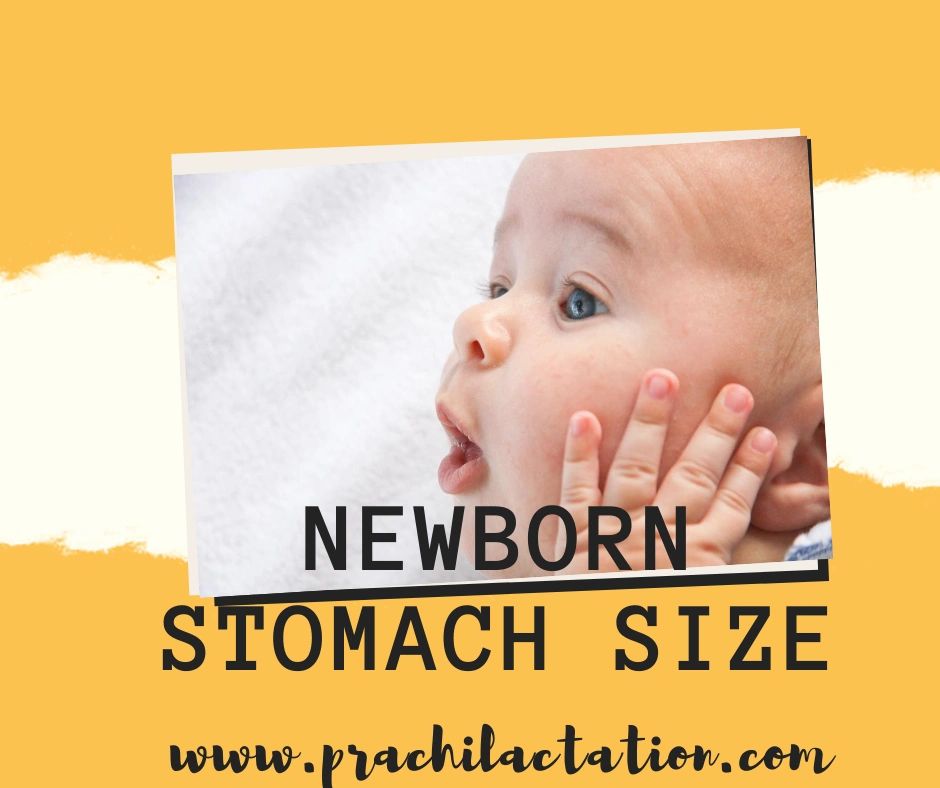
Newborn Stomach Size
How often? And what are the signs that they're getting enough milk? In this article, we'll explore everything you need to know about the size of your newborn's stomach. From understanding what factors can affect their feeding patterns to knowing when to seek medical attention, we'll help you navigate this crucial aspect of early parenthood.

Visual Know The Size & Volume Of Your Newborn Baby's Stomach
Newborn stomach size charts are easy to read and interpret. The chart typically displays an estimate of how much milk a baby should consume per feeding based on their age and weight. To use the chart effectively, locate your baby's age and weight, then identify the corresponding recommended feeding amount.